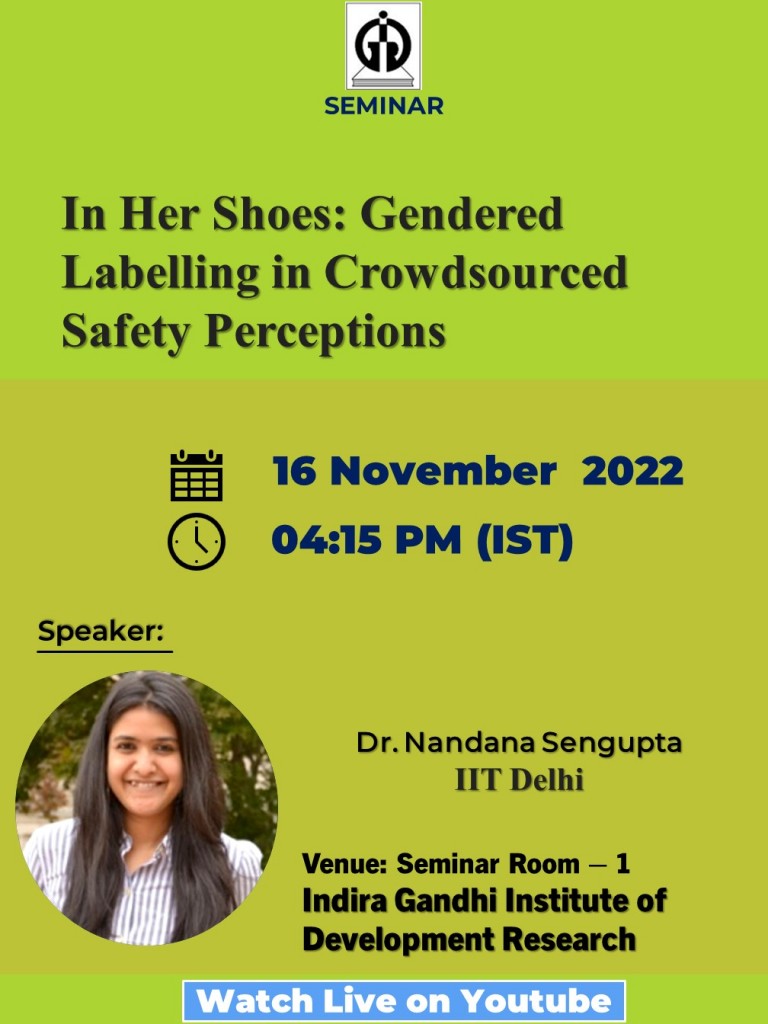Abstract:
In recent years, there has been a proliferation of women’s safety mobile applications in India that crowdsource street safety perceptions to generate “safety maps” which may then be used by policy makers for urban design and academics for studying mobility patterns. However, men and women’s differential access to information and communication technologies (ICTs), and the distinctions between their social and cultural subjective experiences may mitigate the value of crowdsourced safety perceptions data and the predictive ability of models utilizing such data. We explore this by collecting and analyzing primary data on safety perceptions from New Delhi, India. Our curated dataset consists of streetviews covering a wide range of neighborhoods for which we obtain subjective safety ratings from both male and female respondents. Simulation experiments where varying proportion of labels from each gender are assumed missing demonstrate that the predictive ability of standard machine learning (ML) techniques relies crucially on the distribution of data producers. We find limited utility of obtaining large amounts of crowdsourced labels from male respondents for predicting female safety perceptions. Detailed comparisons between male and female respondents demonstrate significant gender differences in safety ratings and associated vocabularies. Our results have important implications on the design of platforms relying on crowdsourced data and the insights generated from them.


